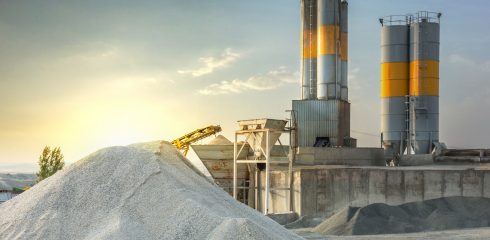
Segregation issues can be tricky. If you handle a bulk materials that have different physical and/or chemical properties such as, particle sizes, shapes, densities, or resiliency, then it is possible that the material will segregate during transport and storage.
Segregation is defined as separation of particles into distinct zones (the opposite of blending). Even if a mixture is well blended, it can segregate during subsequent handling steps including storage, conveying, or packaging.
Below, you will see a uniform blend of two different types of material. When the model is turned over and simply by discharging the material to form a pile, sifting segregation occurs where the coarse particles segregate from the fines particles. This is similar to what can occur after a blending process – the material is blended uniformly, but segregates upon discharge.
Before solving a segregation problem it is critical to understand how the material might segregate. This can be achieved through running segregation tests and/or sampling the material throughout the process. Once they type of segregation likely to occur is defined, then the process should be analyzed to determine where and how the material will segregate. Once you understand the mode of segregation and what you want to achieve, then you can start to make changes.
If you’re experiencing segregation issues and want to have one of our experts help find the root cause of the separation don’t hesitate to call or email us!





